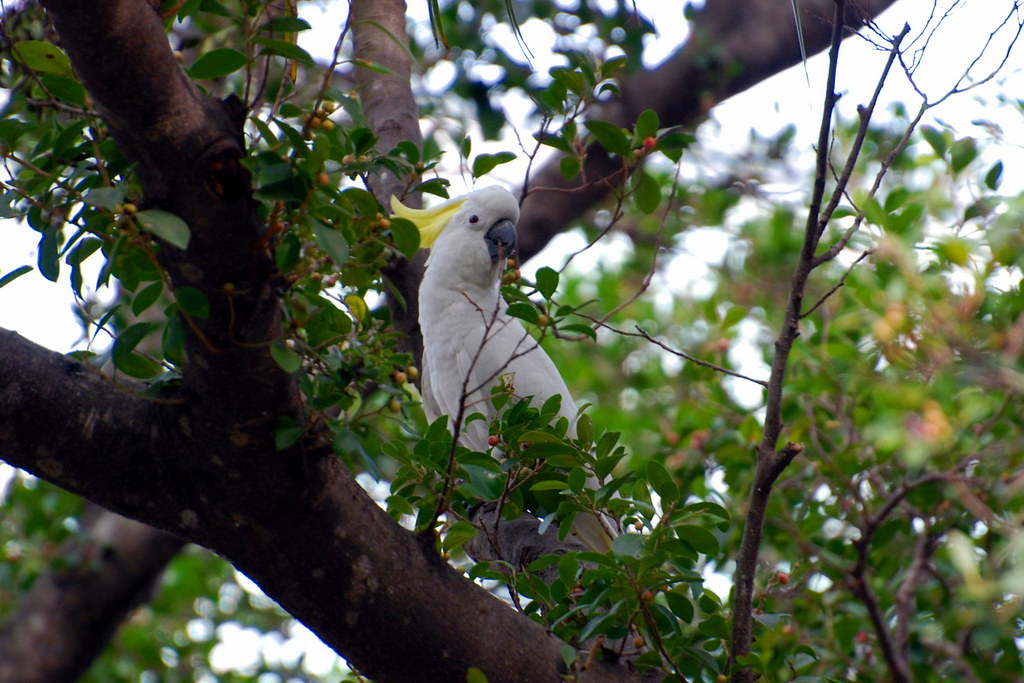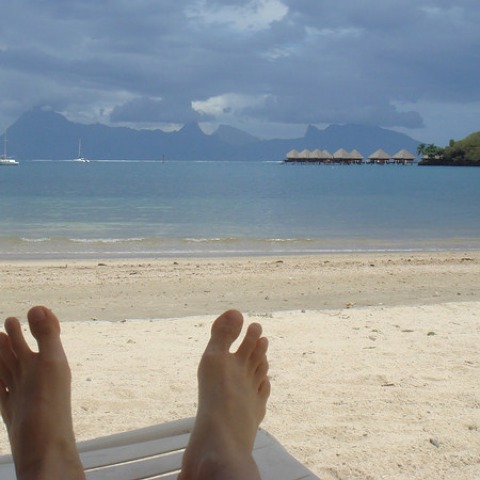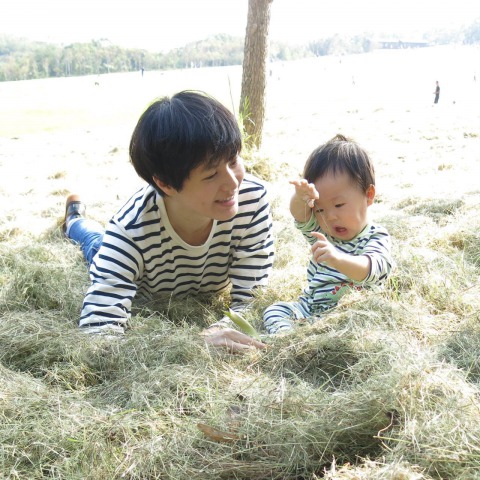http://e-info.org.tw/node/202648?utm_source=%E7%92%B0%E5%A2%83%E8%B3%87%E8%A8%8A%E9%9B%BB%E5%AD%90%E5%A0%B1&utm_campaign=0c4032ee8e-EMAIL_CAMPAIGN_2017_01_26&utm_medium=email&utm_term=0_f99f939cdc-0c4032ee8e-84956681
在香港繁殖小葵花鳳頭鸚鵡? 學者提「一石二鳥」保育計畫
摘譯自2017年1月8日ENS中國,香港報導;姜唯編譯;蔡麗伶審校
且把他鄉當故鄉!香港與澳洲研究人員發現,許多在原棲地被盜獵至幾乎滅絕的稀有物種,例如小葵花鳳頭鸚鵡,反而在香港這樣的大都市市中心或郊外安身立命,可望成為物種存續的新希望。
科學家共找出49種全球瀕危物種,包括世界自然保育聯盟(IUCN)紅色名錄列入易危、瀕危、極度瀕危的哺乳類、兩棲類、鳥類、昆蟲與植物,均在原棲地以外的地方建立了新族群,而且這樣的情況在南極洲以外的六大洲皆可觀察到。
研究共同作者、澳洲國家大學學者楊鼎立表示:「這顯示香港這樣極度都市化的城市,也能為全球瀕危物種保育盡一份心力。」
「全球盜獵者深入最偏遠的棲地獵捕野生物,用於生產服飾、食物或賣到千里之外當寵物。」主要作者,香港大學生物科學院博士吉布森(Luke Gibson)說,「有時候被交易的動物逃走,結果在新的棲地存活下來。」吉布森專門研究東南亞熱帶森林砍伐和破碎對生物多樣性的影響。
他們的研究「一石救二鳥:外來物種與瀕危物種的雙贏局面」(Saving two birds with one stone: Solving the quandary of introduced, threatened species)發表於當期《生態與環境前線》(Frontiers in Ecology and the Environment)期刊。
吉布森認為,保護甚至繁衍外來瀕危物種,並引回原棲地,既可保育因走私而瀕危的物種,又可減少外來種對新棲地的影響,一石二鳥。
例如原生於印尼和東帝汶的小葵花鳳頭鸚鵡,因遭捕捉進入寵物市場,保護等級為極度瀕危,目前香港有約200隻,佔全球族群1/10。這些在香港的族群大多因逃脫或是被刻意釋放,而進入了新環境。
吉布森和楊鼎立認為,在香港繁衍小葵花鳳頭鸚鵡可以減少對原棲地物種的需求。將小葵花鳳頭鸚鵡引回印尼和東帝汶,可幫助重建因盜獵而快速減少的原生族群。此外,物種引回也可減少外來種對當地物種的影響,如競爭築巢地點和排擠原生鳥種。
Cities Provide Refuge for Threatened Species
Poached nearly to extinction in their homelands, rare and threatened birds and animals have found refuge in cities like Hong Kong, introduced to urban centers or wilderness areas outside their natural ranges.
Now, the introduced populations could offer hope of survival for these rare species, say researchers from Hong Kong and Australia in a newly published study.
“This is a key example of how Hong Kong – a heavily urbanized city-state – can play a role in the conservation of globally threatened species,” said co-author Ding Li Yong, from the Australian National University.
The scientists identified 49 globally threatened species – classed as Vulnerable, Endangered, or Critically Endangered by the International Union for the Conservation of Nature, IUCN, on its authoritative Red List of Threatened Species – that have established introduced populations outside their native distribution.
These include mammals, amphibians, reptiles and birds, as well as insects and plants, with introduced populations found on all continents except Antarctica.
“Across the planet, poachers have reached into the last remote habitats to harvest wildlife populations used for clothing, eaten, or kept as pets in faraway cities,” said Dr. Luke Gibson from the School of Biological Sciences of the University of Hong Kong, who led the study.
“In some cases, the traded organisms have escaped and are now thriving in their introduced habitats,” said Gibson, who studies deforestation and fragmentation and their impacts on biodiversity in the0 tropical forests of Southeast Asia.
Their article, “Saving two birds with one stone: Solving the quandary of introduced, threatened species” is published in current issue of “Frontiers in Ecology and the Environment.”
Simultaneously, augmenting declining populations in their native ranges and eliminating the threats to native ecosystems could “save two birds with one stone,” as Gibson puts it.
“This creative tactic could be essential to save species imperiled by wildlife trade as well as eliminate threats the same species pose in their adopted territories,” he suggests.
They give the example of the Yellow-crested Cockatoo, now classified by the IUCN as Critically Endangered due to capture for the pet trade.
About 200 Yellow-crested Cockatoos – an estimated 10 percent of the bird’s global population – are found on Hong Kong Island, mostly between Pokfulam and Happy Valley.
Many of these were pet birds that were accidentally or deliberately released into their new environments.
The authors, Gibson and Yong, suggest that harvesting the introduced cockatoos in Hong Kong could offset demand from the bird’s native range.
At the same time, they say reintroduction of this cockatoo to its native range in Indonesia and East Timor could help to support populations there, which are rapidly declining due to poaching.
Both approaches could eliminate threats the introduced population might pose to native species in its introduced environment, such as monopolizing nesting sites and triggering population declines of local birds.
※ 全文及圖片詳見:ENS
作者
蔡麗伶(LiLing Barricman)
In my healing journey and learning to attain the breath awareness, I become aware of the reality that all the creatures of the world are breathing the same breath. Take action, here and now. From my physical being to the every corner of this out of balance's planet.
電子報排序:
3








沒有留言:
張貼留言